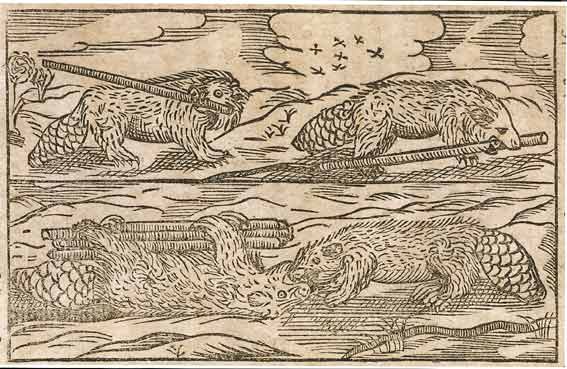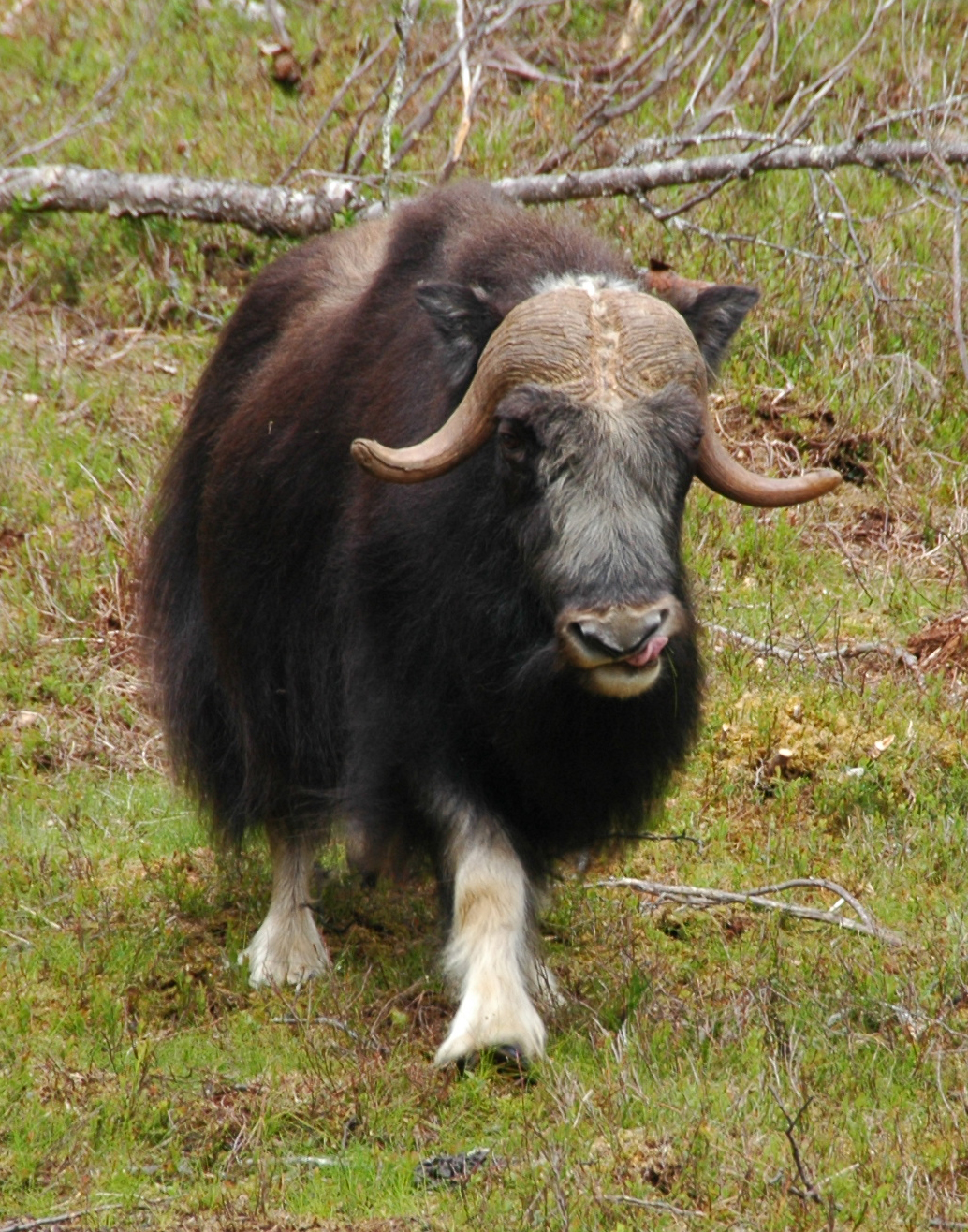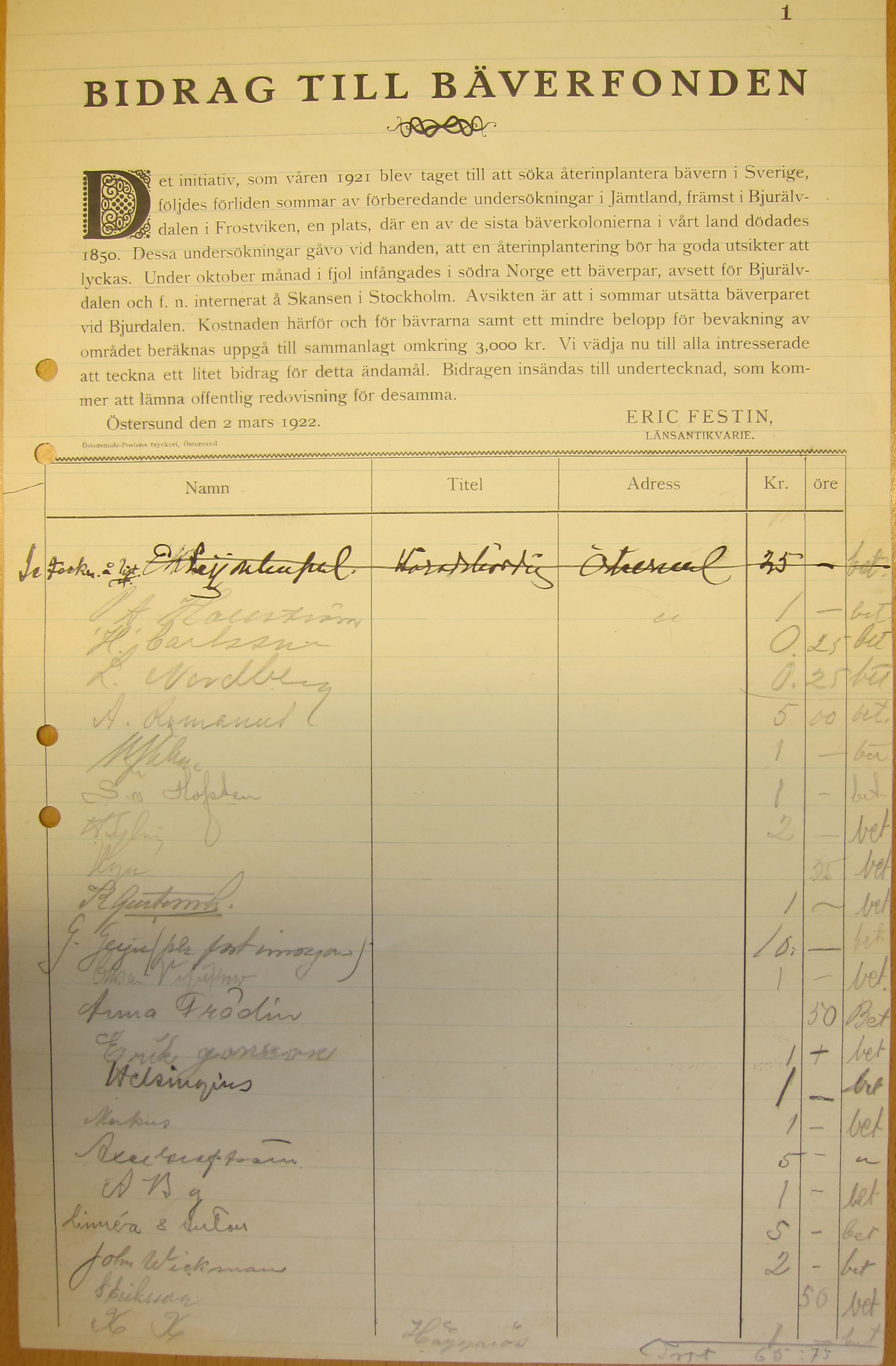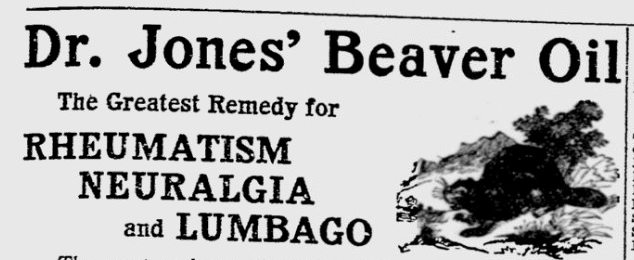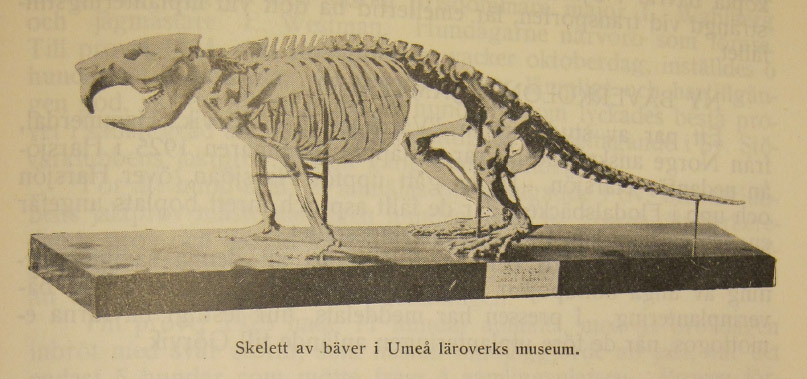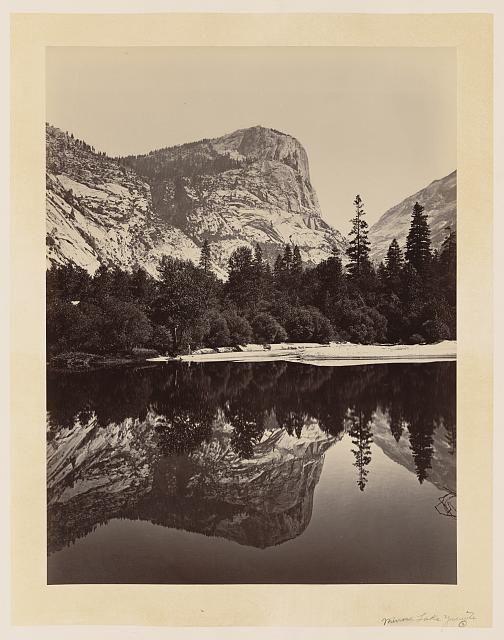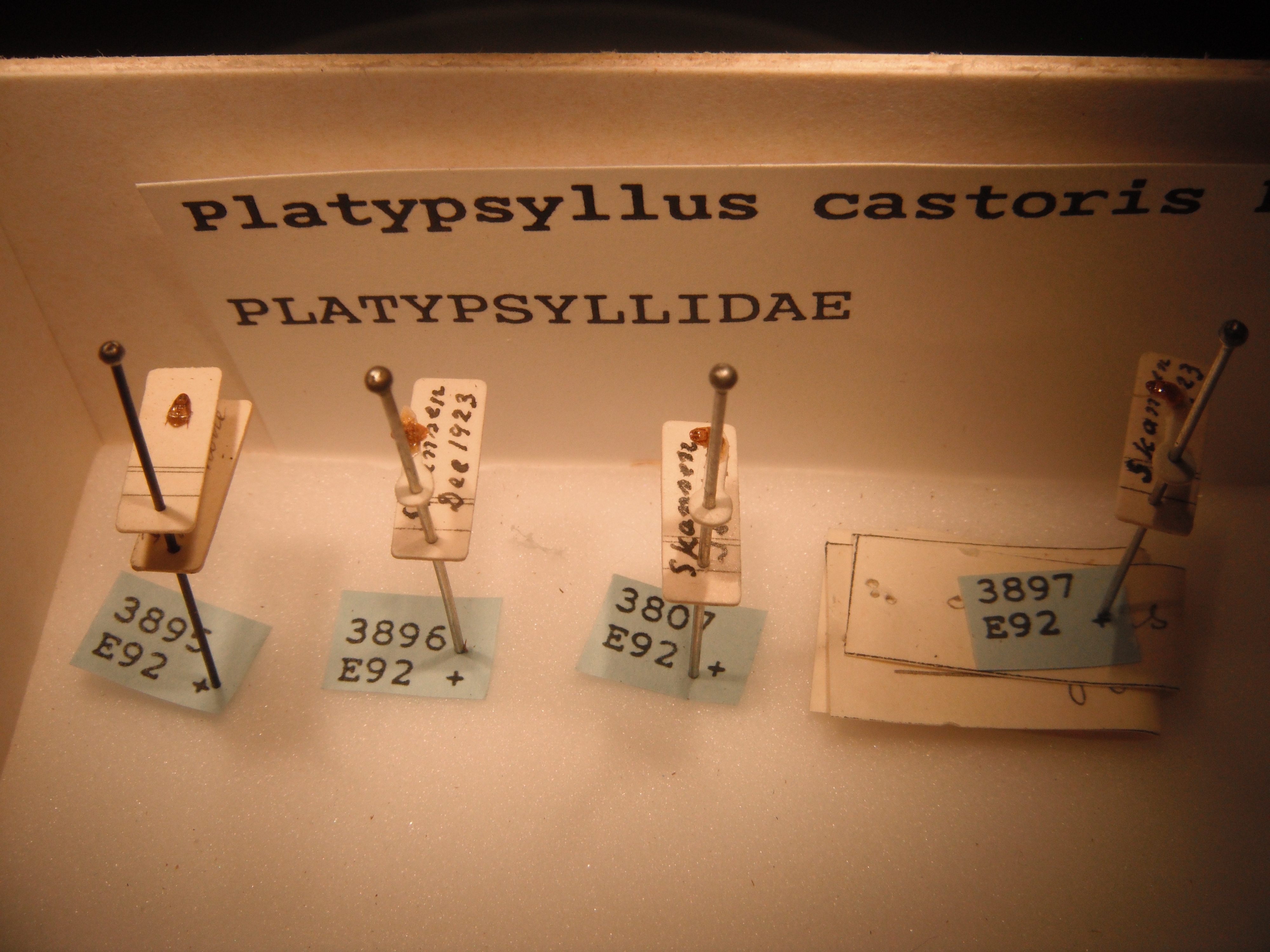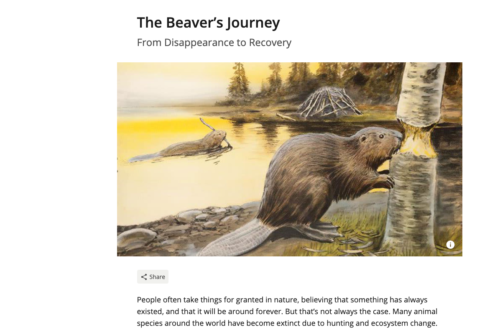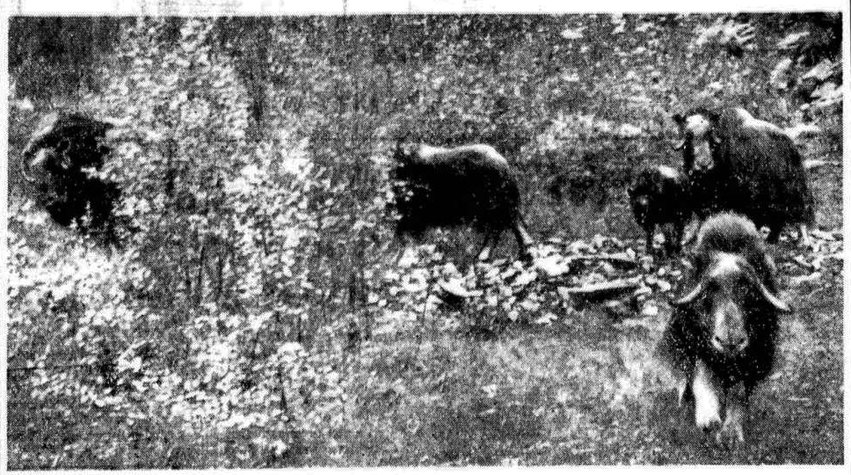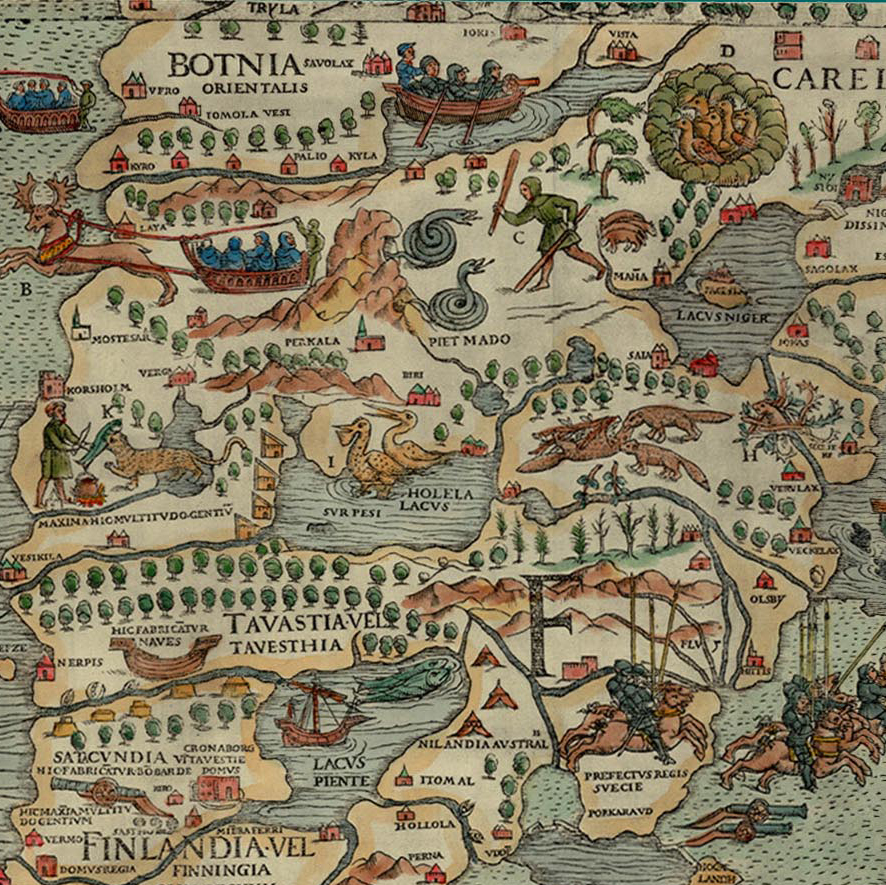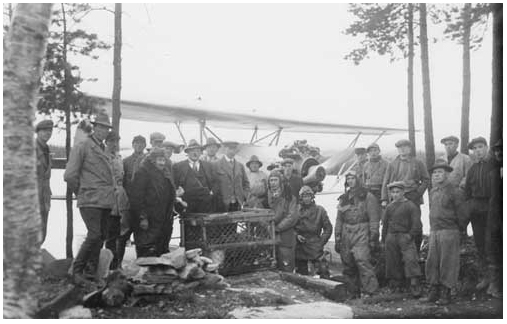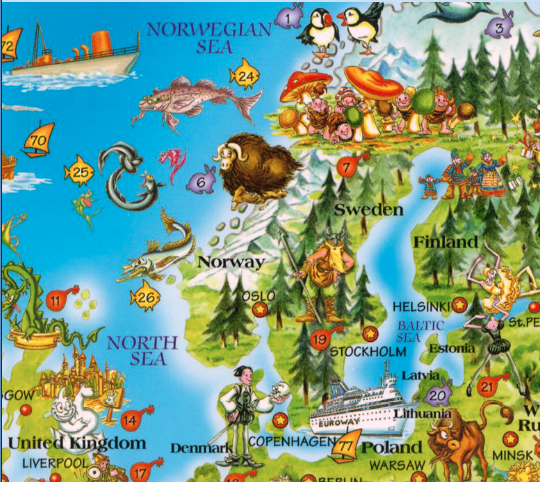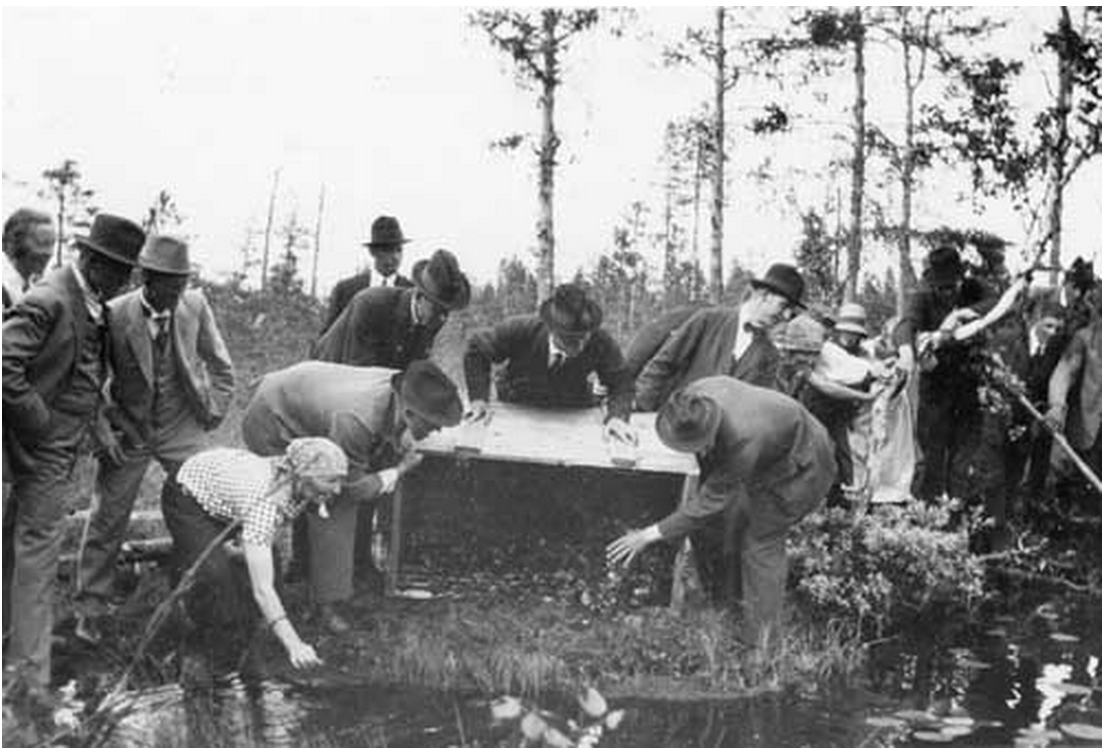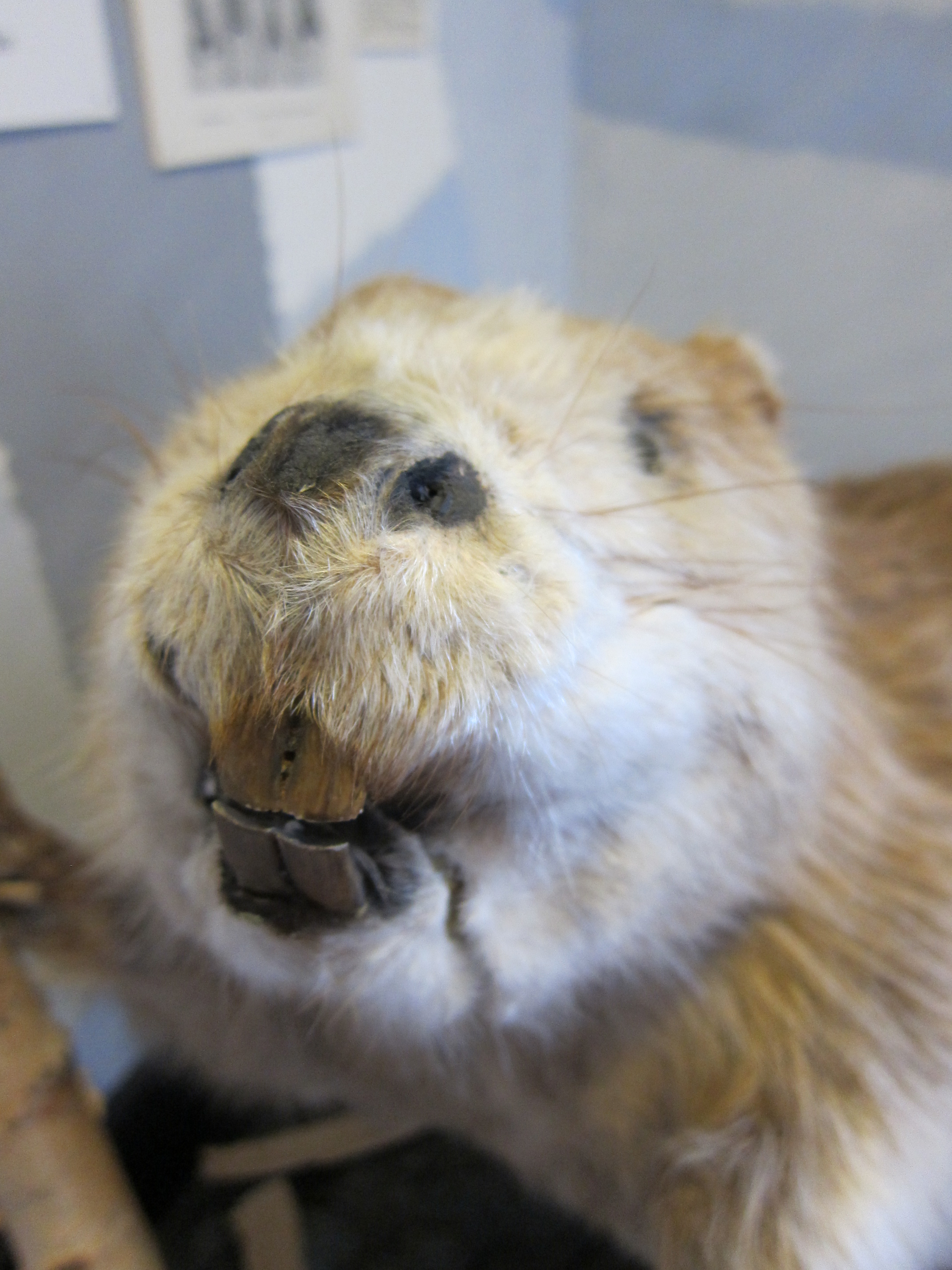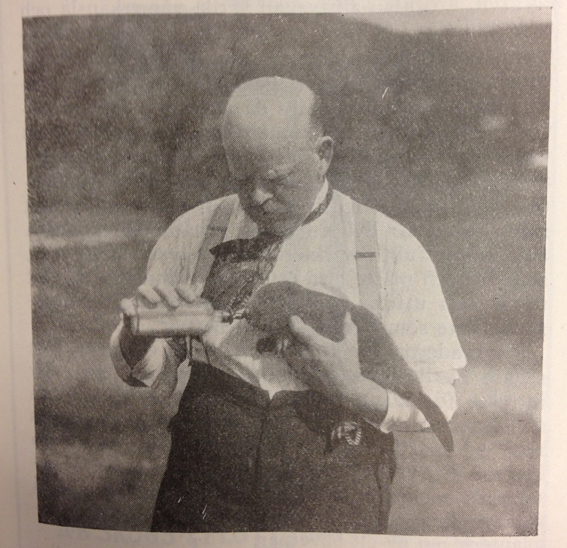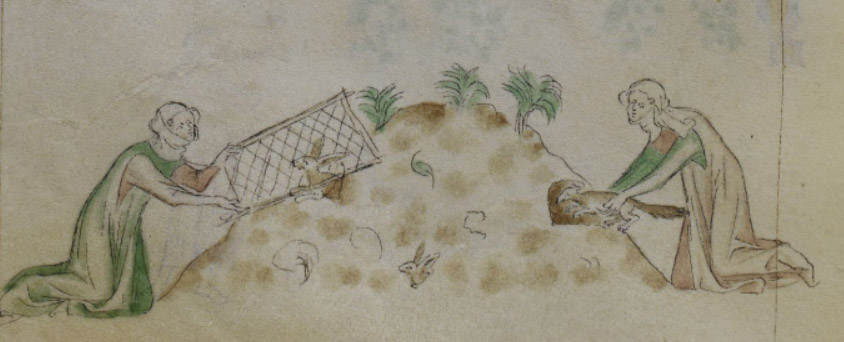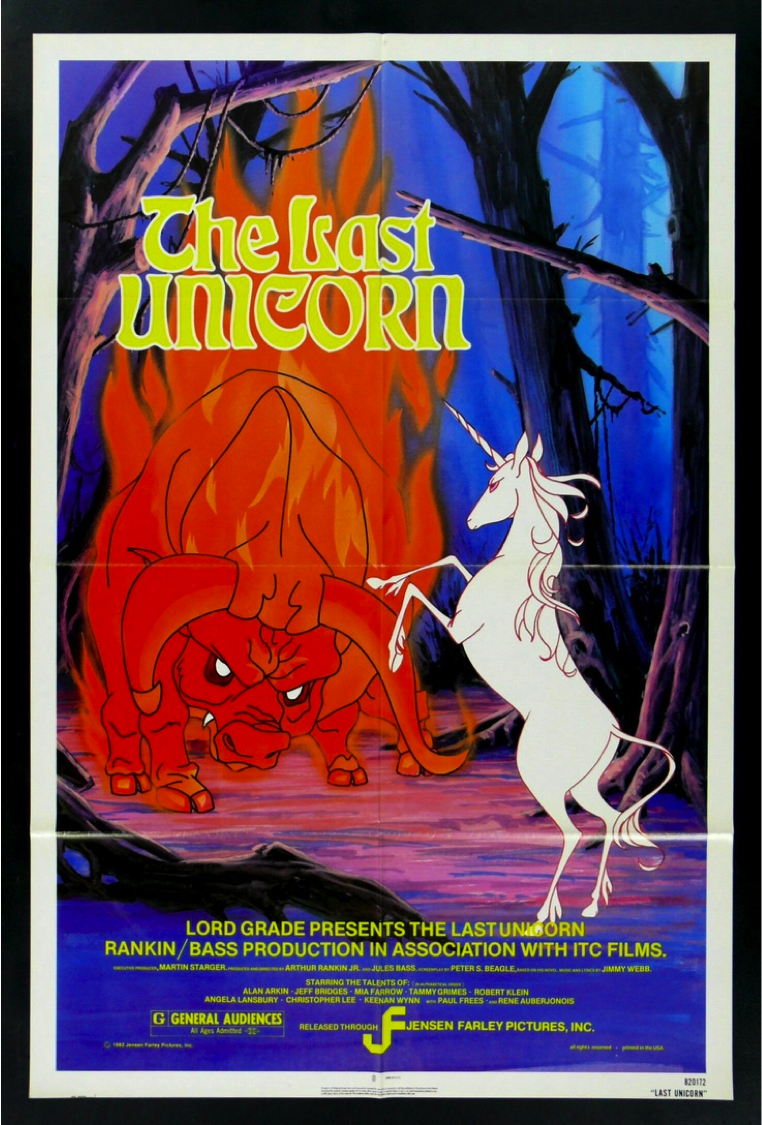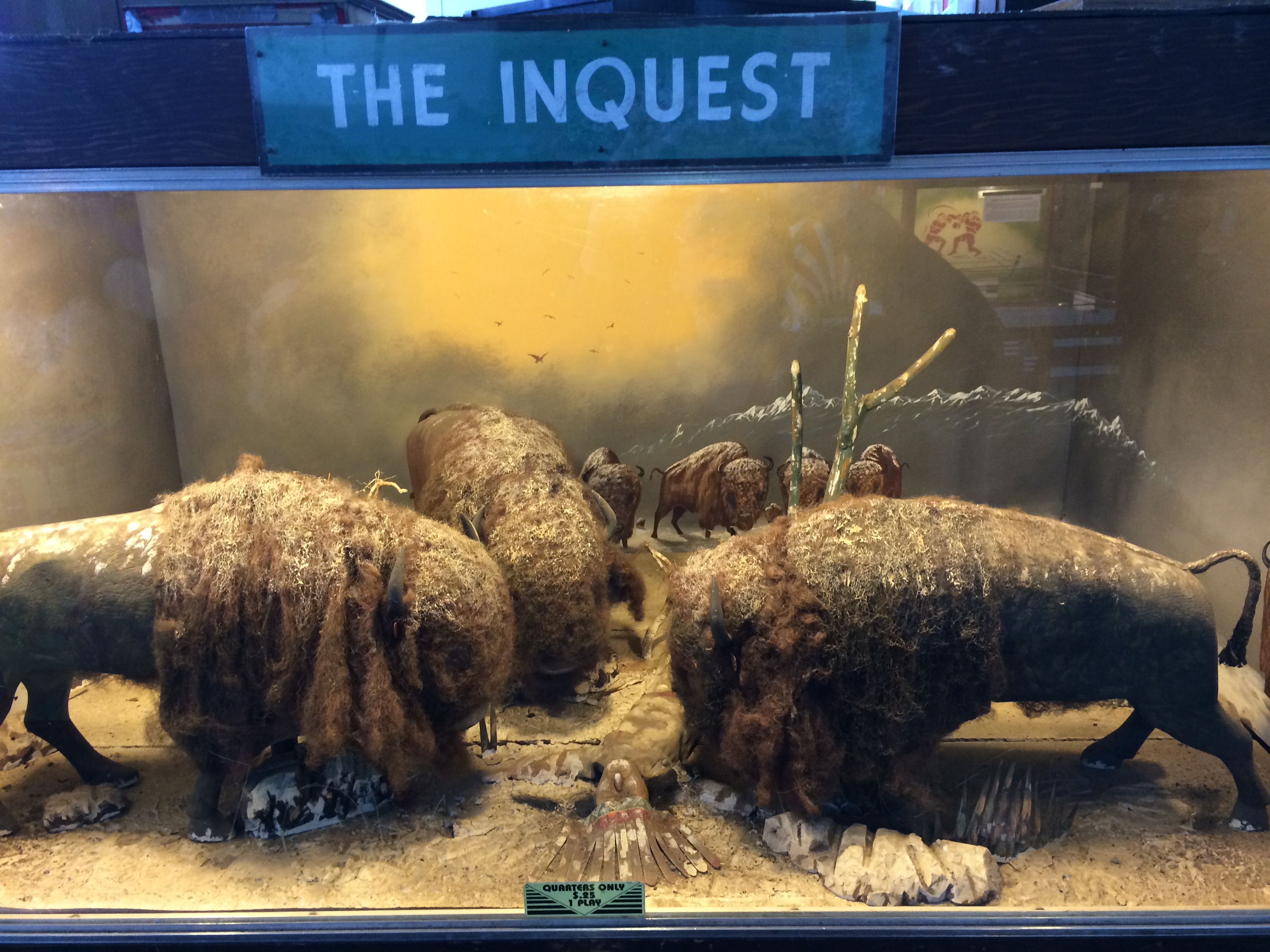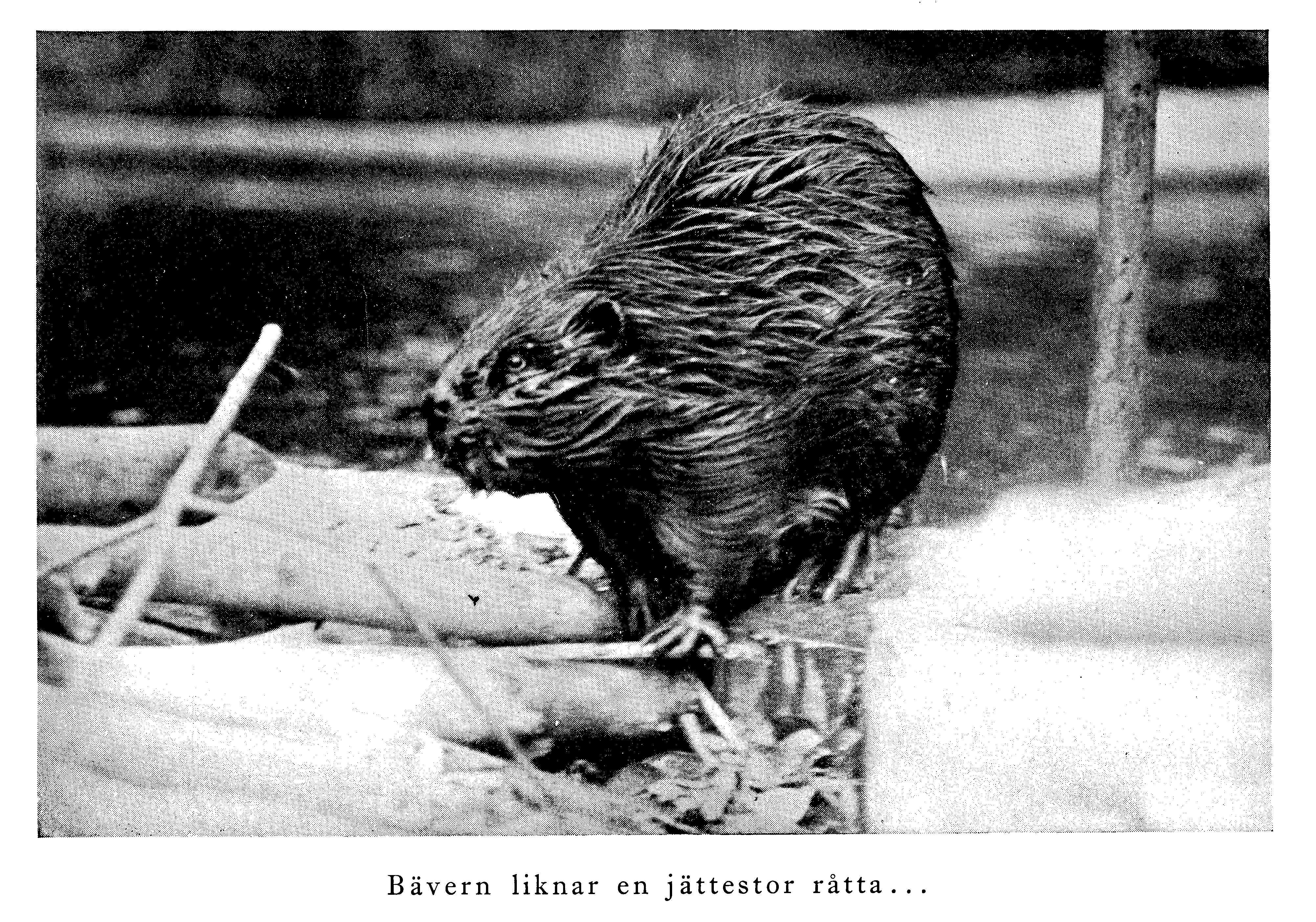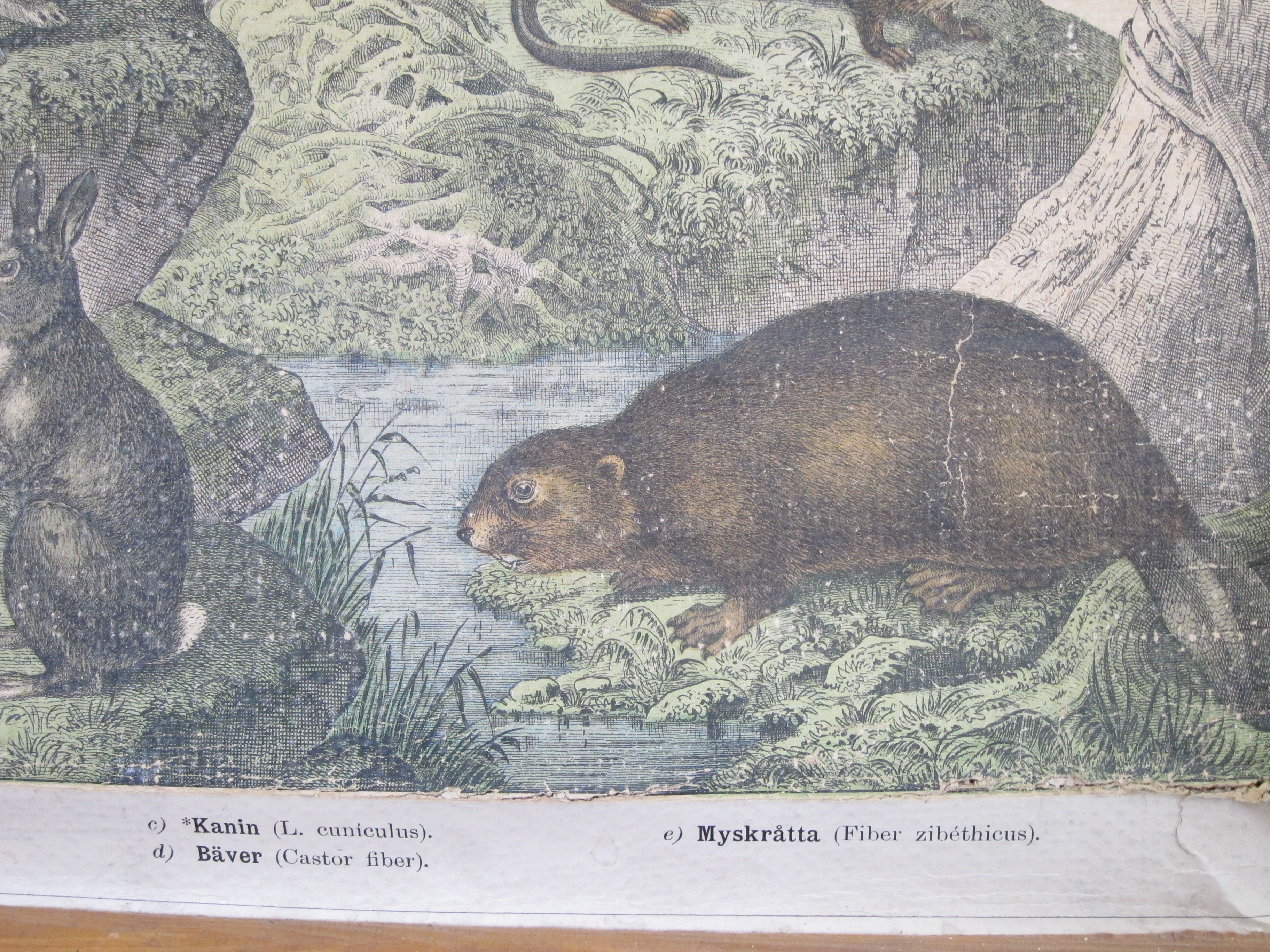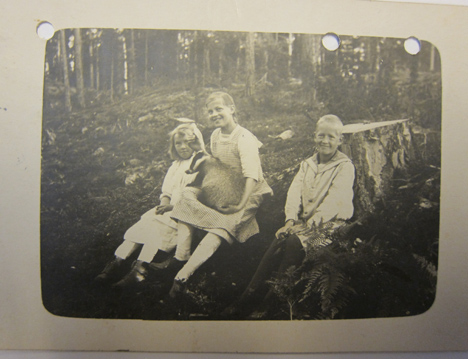images
-
Documentaries and documenting history
Today I had the opportunity to watch a documentary film, “Samtidigt är varje bäver en personlighet” (dir. Malin Skjöld, 2012), which I had requested through the Svensk mediedatabas service. The film is a mixed media documentary that uses historical film, contemporary film, and animation to tell the story of the beaver, with a focus on Sweden. To be honest, I’m not sure why the creators picked the title, which translates as “At the same time, every beaver is a personality”. One of the historical film clips shows Lars Wilsson, who was a high school instructor in northern Sweden for many years and wrote a book titled simply Bävern in1964 about beavers…
-
Bottled beaver oil
As a short follow-up to my post about drinking castoreum, I wanted to share some newspaper advertisements I ran across in the Google Newspaper archive. I love ads as historical sources because they give us a unique insight into the way the seller of a product thinks about what they are selling. They may or may not adequately represent the consumer’s views – I certainly have seen ads in print or video that I think are pathetically written and don’t make me want to buy the product at all – but they at least tell us what the producer thinks the consumer wants to hear. As Ann Anderson has discussed…
-
The film that never was
In historical research, we are sometimes pleasantly surprised by what we find in the archives: a document illuminates a new part of the story, a picture recording a moment otherwise forgotten, a letter exposes the mindset of the people of the times. The recording of information, and then preserving that information, is crucial for the historian. A 1963 video about beavers in Canada, part of the Canadian Wildlife Service’s Hinterland’s Who’s Who series, was recently rediscovered. The short video opens with a voiceover intoning, There was a time that beaver lodges like this one and the busy beavers that build them had almost disappeared in Canada because of over-trapping. But…
-
When curiosity kills
On Wednesday, 22 July 1964, 74-year-old Ola Stølen noticed a muskox near his farm in Stølen, a little hamlet in a valley of the Dovre mountains of Norway. He told three other adults about the visitor. They wanted to observe the seldom-seen animal close-up, so they crept up to within 40 meters and stood still, observing the animal for 10 minutes. After a while, the muskox began to snort and then charged the group. Ola was knocked down as the three younger adults quickly ran back to the house. When Ola got up, he grabbed a stone to try to scare away the animal, but the muskox charged again and…
-
Taking to the air
When the first reintroduced beavers came to Sweden, they had to take a long and arduous journey to their new home. First, they had to be taken from their capture site near Åmli to the train station in Oslo then on via train to Stockholm. After the wintering in Skansen, they went north on the overnight train. In Östersund, they had a break and got on another train to Strömsund. After a steam boat, a horse carriage, car trip, motor boat, horse sled, and boat again, the little beavers are finally at the release site — a whopping 4 days after leaving Skansen in Stockholm. When Eric Festin reported on…
-
More muskox maps
I posted before about finding a muskox on a children’s map of Sweden. I’ve had a continued interest in exploring these kind of maps images and how animals are attributed to certain areas. Searching the internet for children’s maps, I found quite a few that include animals alongside cultural symbols to represent place. Two of the ones I’ve seen show muskox in Norway. One is the Krüger and Schönhoff Illustrated World Map, which is available in 9 languages. It’s a decently sized wall map at 135 cm x 95 cm. It shows the whole northern half of Norway covered in snow/ice with a muskox in a spot representing where the reintroduced herd lives…
-
Olaus Magnus’ map
Today I was at a symposium “Understanding North” hosted here at Umeå University and heard a paper about Olaus Magnus’ 16th century depictions of the northern Sami people. It reminded me that I had gathered some of his material, but hadn’t really looked at it. So I decided to go through it. Olaus Magnus, who was born in Linköping, Sweden, in 1490 produced a map of Scandinavia in 1539 titled Carta Marina (images from the map by section are available from the James Ford Bell Library) and the first comprehensive book on Scandinavia in 1555 titled Historia de Gentibus Septentrionalibus (you can read the whole text in Latin on Projekt Runeberg). The map…
-
Wilding the domesticated
When I was at Wicken Fen near Cambridge last week, I bought a full color, glossy brochure titled Guide to the land mammals of Britain published by the Field Studies Council (an educational charity) for my daughter. She likes animals so I thought it would be a good lightweight, easy to carry gift. And she did indeed find it interesting. I found it interesting as well, but for a different reason. I looked closely at the animals that had been included in the brochure, which features photos on one side and a paragraph write-up of each animal on the reverse. It turns out that 10 of the 36 animals pictured…
-
Putting muskox on the map
Today I bought my daughters a children’s map book, Kartboken för alla barn (2012). It’s a big format book with thick cardboard pages that seems perfect for my kids to take a look at all the places they’ve been and the ones we’ll be headed to next. Like many children’s atlases, this one has little pictures of animals, crops, and major sites (like the Eiffel tower) in different places to represent the “essence” of each place. While the majority of the book was drawn for the Italian company that first published the book, a special two-page Sweden map was drawn up for this Swedish edition. Much to my delight, I…
-
It’s a zoo out there
I spent 5 1/2 hours in the library and archives of the Nordiska Museet today. I wanted to find out more about Skansen’s involvement in the beaver reintroduction, and since Skansen was at one time joined with the Nordiska Museet, they hold the early Skansen zoo correspondence. The most striking thing about the incoming correspondance to Skansen between 1901 and 1925 was how many people offered to sell animals to the zoo. There were offers for farm animals, including goats, sheep, cattle, and donkeys, as well as birds like ducks and geese. Some even offered to sell their dogs (mind you, Skansen actually did have an exhibit of ‘Nordic’ dog breeds…

